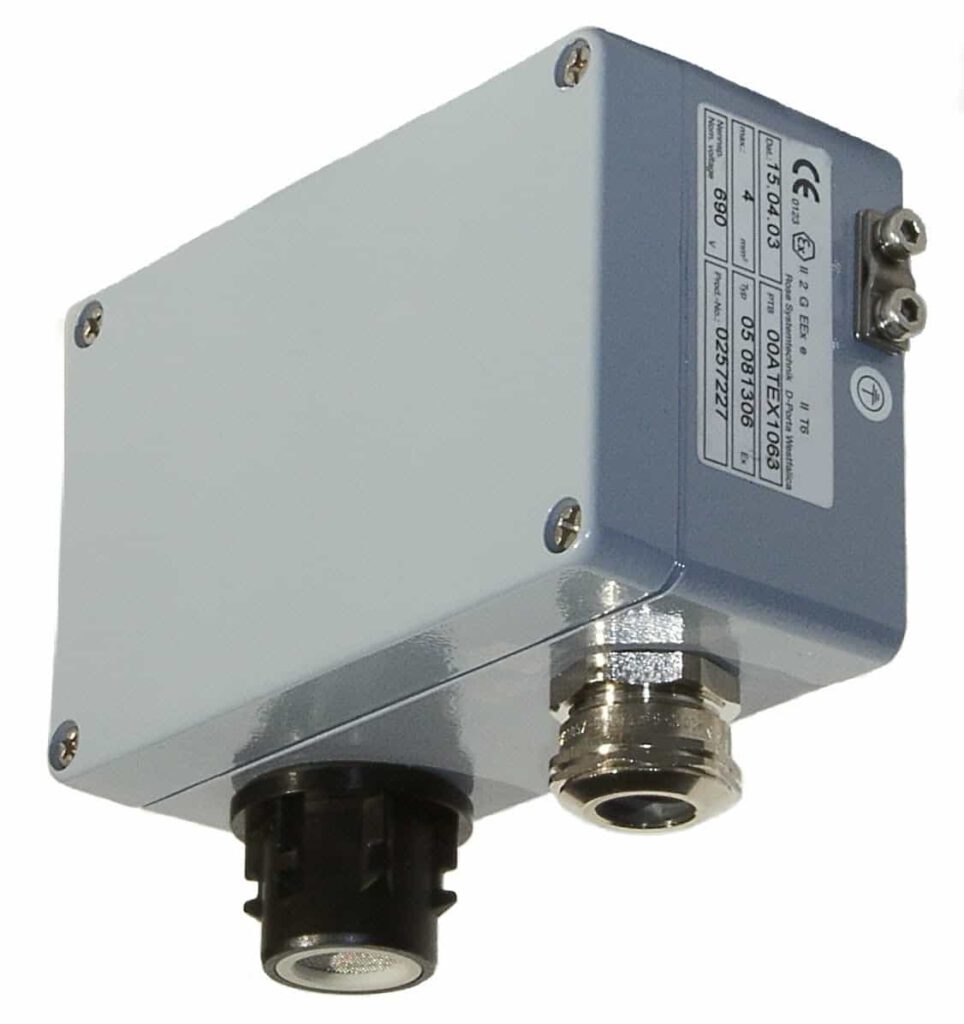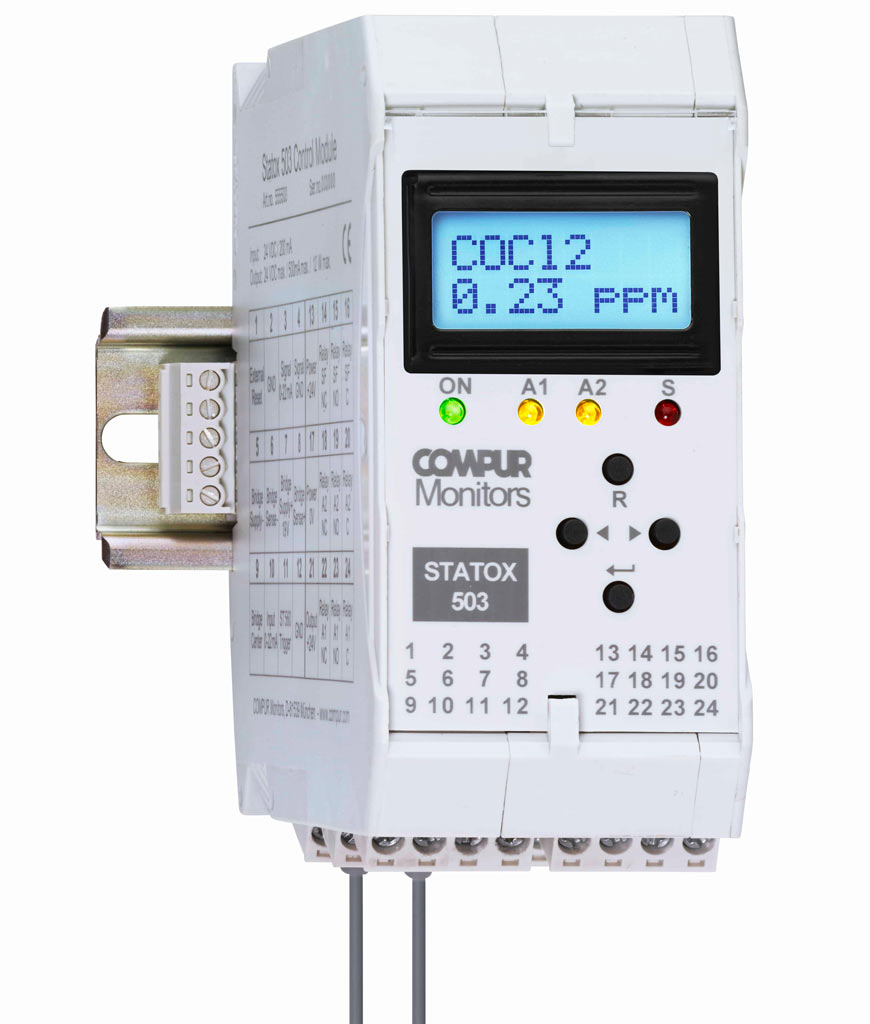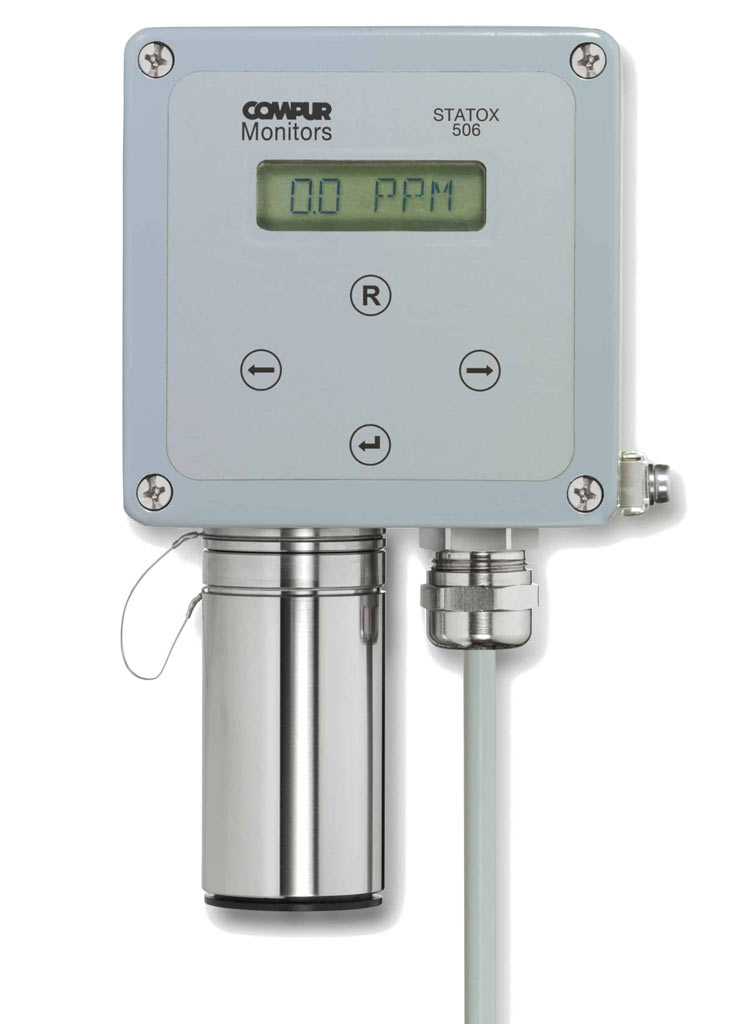Propane guide
In our propane gas guide you will find many details about propane. Although propane is gaseous under normal conditions, it is called liquefied petroleum gas because it liquefies quickly under pressure. This is also how it is sold. Find out more about the production of this gas, the various areas of application and what you have to take care for when using and storing propane gas.
- Propane gas where does it come from?
- Chemical and physical properties of propane
- Propane is highly flammable
- Toxicity of propane
- Propane combustion
- Difference between propane (C3H8) and butane (C4H10)
- Occurrence of propane
- Production and extraction of propane
- Production of propane gas from crude oil
- Production of propane gas from natural gas
- Treatment and purification of propane gas
- Chemically produced propane
- Application for propane
- Propane gas as a refrigerant
- Propane for propylene production
- Storage and safe handling of propane gas
- Safe handling of propane gas
- Protective measures in an emergency
- Effect of propane gas on the human organism
- Acute damage from propane gas
- Long term and regular exposure to propane
- First aid measures in the event of contact with propane gas
- Measures after Propane exposure
- Detection of propane gas
Propane gas where does it come from?
The history of propane began around 150 million years ago, by biological decomposition of numerous species of microbes and algae. The deposition of layers of soil and rock continuously increased the pressure onto this organic material. This led to a rise in temperature. High pressure and temperature are ideal ambient conditions for the formation of hydrocarbons. Over time, the organic materials were converted into fossil raw materials crude oil and a mixture of gases, which contain amongst others also propane.
The extraction and utilisation of propane dates back to a much shorter period of time. It began with the widespread use of crude oil and natural gas. In this period of time various applications of these fossil fuels were intensively investigated. Propane is therefore a naturally occurring gas which is part of both, crude oil and natural gas.
Gas obtained from fossil fuels can look back on a history of more than 300 years. The gas used for lighting was obtained from hard coal (coal gas) or extracted from oil shale. Until the end of the 19th century, the major part of the gas produced on a large scale worldwide was used to light cities. When finally electric power was used for lighting, this gas lost its importance.
Chemical and physical properties of propane
Propane is colourless and odourless and is a saturated acyclic hydrocarbon from the group of alkanes, which includes the simplest hydrocarbons. A propane molecule consists of three atoms of carbon and 8 atoms of hydrogen with the molecular structure H3C-CH2-CH3. This results in the molecular formula C3H8. With a molar mass of 44.10 g/mol and a relative gas density of 1.55, propane is significantly heavier than air. As a result, uncompressed and therefore gaseous propane always accumulates at the lowest areas such as dips or hollows.
Propane has a melting point of -187.7°C and a boiling point of -42°C. The critical point is 94°C and 4.24 MPa, which means that propane can be liquefied even at low pressure. The solubility in water is very low at 75 mg/l or 42.4 ml/l at 20° C.
Propane is highly flammable
The properties to be particularly taken into account when handling propane include its high flammability, but also the risks of excessive concentrations in breathing air. Propane forms an explosive mixture even at a volume fraction of 1.7 to 10.8 % (lower and upper explosion limit) in ambient air. It can also oxidise spontaneously, possibly even explosively, on contact with oxidising agents such as chlorine dioxide, barium or peroxides.
Toxicity of propane
Although propane gas does not have a strong toxic effect on the human organism, in some countries there are TLV values in force. It can lead to an undersupply of oxygen and even suffocation. If a person is continuously exposed to a certain concentration of propane gas, this can result in various health problems.
Propane combustion
Propane has an ignition temperature of 470 °C and a calorific value of 12.874 kWh/kg. This makes it slightly more effective than butane with a calorific value of 12.7 kWh/kg.
Sufficient oxygen must always be available when burning propane. Only then it can burn completely producing carbon dioxide and water. If there is insufficient oxygen available, combustion is incomplete and dangerous carbon monoxide may be produced together with carbon dioxide and water.
Difference between propane (C3H8) and butane (C4H10)
Although both gases are liquefied gases with similar areas of application, the different boiling points of the two gases determine their use. Propane reaches its boiling point at -42°C, butane only at around 0°C. This means that butane is not suitable for use at low temperatures, such as for winter barbecues with a gas grill or for supplying patio heaters, for example.
Occurrence of propane
Propane is a component of crude oil and natural gas and was formed over millions of years as a component of these two fossil raw materials. Propane is dissolved in crude oil. Natural gas, which consists primarily of energy-rich methane, also contains larger quantities of associated gases such as propane, butane, ethane and ethene.
Propane is available wherever there are deposits of crude oil or natural gas.
Production and extraction of propane
Propane gas is extracted by drilling in existing or recently explored deposits of crude oil and natural gas. The production process depends on whether the propane is dissolved in crude oil or whether it is a component of natural gas. The process begins when the fossil fuel is extracted at the borehole. From here, the hydrocarbon mixture of crude oil and gas is channelled into a so-called gas trap and separated there.
Production of propane gas from crude oil
If the propane is dissolved in the crude oil, it is extracted during the separation of different fractions of the crude oil in the refinery. For this purpose the crude oil is heated. Depending on the relevant boiling point, the hydrocarbon fractions rise to different heights in the distillation tower. This tower has numerous trays with decreasing temperatures towards the top. The low-volatility hydrocarbons with a high boiling point condense close to the bottom, while the more volatile hydrocarbons with lower boiling point become liquid further up. The fractions obtained in this way can now be taken out separately as reasonably pure substances and are stored or further processing.
Production of propane gas from natural gas
Around 60 % of propane is obtained directly from the extraction of crude oil and natural gas. The propane contained in the natural gas is often separated directly at the drilling site and processed for further use.
Treatment and purification of propane gas
Before the gases obtained from the various processes arrive at the consumers site, they are purified by removing impurities such as sulphur, water etc. The propane is then ready to be bottled as liquid gas. In order to do this, the propane gas is pressurised and filled into containers where it liquefies.
Chemically produced propane
Research into the chemical production of propane has been going on for many years, with some good results. A research team at the Illinois Institute of Technology has now succeeded in developing a highly efficient process. Carbon dioxide is converted into propane. To do this, the researchers developed a special electrolyser in which electrical energy is used to force a chemical reaction between the greenhouse gas carbon dioxide and water, thereby converting carbon dioxide into propane.The process is not yet ready for the market. However, as soon as this goal is achieved, it will be an important step away from dependence on fossil fuels, including propane.
Application for propane
Propane gas is suitable for a wide range of applications. It is used for heating and cooking, but also as a refrigerant. Propane gas, often as a mixture with butane gas, is an economical energy source, especially in rural areas which have no access to a gas pipeline.
- Cooking: Gas hobs, gas ovens, gas grills, gas rechauds
- Heating: Liquid gas heaters with their own gas tank, patio heaters and awning heaters via gas cylinders.
- Operation of welding equipment
- Propellants in spray cans
- Fuel for vehicles as LPG.
Propane gas is also used in a variety of industrial applications. Particularly in energy-intensive processes such as the manufacture of glass, bricks and cement, or in agriculture for drying grain or heating stables.
One primarily industrial application is the production of SNG, an artificial natural gas. For this, propane (alternatively LPG) is mixed with nitrogen or air. The result is a gas that is very similar in composition to natural gas and can replace normal natural gas.
Propane gas as a refrigerant
Propane gas is not only an important energy source for the production of heat, but is also used as a refrigerant in heat pumps and cooling appliances. Researchers at the Fraunhofer Institute for Solar Energy Systems have now developed a very efficient heat pump for single-family homes. The Propane consumption is very low. Due to the small amount of propane used, this heat pump is suitable for in – house installation.
In Australia car air conditioning systems run on propane.
Propane for propylene production
However, propane gas is also an important basic chemical for propylene production, says a study published in the journal Nature Catalysis. This involves a promising chemical reaction with CO2, oxidative dehydrogenation. The CO2 is intended to remove the hydrogen contained in the propane gas, resulting in the conversion of propane into propylene. Like many unsaturated hydrocarbons, propylene is an important base for the production of plastics.
Of particular interest is not only the catalyst developed for the extraction of propylene from propane, but also the possible applications of this catalyst in the context of carbon dioxide recycling in order to reduce greenhouse gas emissions.
Storage and safe handling of propane gas
Propane gas is stored in pressurised containers with a valve protection cage or valve protection cap in a well-ventilated location under conditions that prevent corrosion of the containers. The maximum storage temperature must never exceed 50° C and the storage location must be protected from sunlight. Propane tanks must always be stored in an upright position and well secured against tilting.
As propane gas mixed with air is highly flammable and can lead to explosions, the electrical equipment of the storage location must comply with the explosion protection regulations for a potentially explosive atmosphere. As propane can react explosively on contact with certain substances, it must be stored away from these. Storage with the following substances is not permitted due to the risks involved. (Examples only)
- Chlorine dioxide
- Barium peroxide
- Oxidising substances
- Flammable liquids Storage class 3
- Explosive substances Storage class 4.1A
- Flammable liquids Storage class 10
- Substances of storage classes 6.1C, 6.1A, 6.1B, 6.1D
As with all gases, there is a risk of migration and remote ignition with propane gas. Creeping vapours may occur away from the storage point. Therefore it is important to regularly check the valves and containers for leaks or corrosion.
A storage location for propane gas is always a potentially explosive area. Therefore it is classified zone 1 or zone 2. Safety measures for potentially explosive atmosphere must be observed. Grinding, welding etc. must only be performed with a valid hot work permit. If propane gas is used as welding gas, the equipment must be purged with inert gas before propane gas is introduced.
Safe handling of propane gas
In rooms where propane gas is used, regularly check the gas concentration using specially designed devices and ensure that personal protective measures are taken when handling propane gas containers.
- Wear antistatic and flame-retardant protective clothing and safety shoes.
- If propane gas is released, wear respiratory protection.
- Use safety goggles with side protection
- Wear sturdy hand protection when handling pressurised gas cylinders.
Inhalation of propane gas must be avoided. If clothing is contaminated with gas, it must be changed immediately and ventilated in a well-ventilated area. Keep it away from a potential spource of ignition in safe distance.
Protective measures in an emergency
If propane gas escapes unintentionally, all ignition sources must be removed immediately and sufficient ventilation of the area must be ensured. At the same time, the place at risk must be evacuated and any further leakage must be prevented. Access to the area is only allowed with appropriate respiratory protection and suitable measurement technology in order to monitor the gas concentration in the air.
If propane gas escapes, whether it is liquid gas or from unpressurised pipes, please note that propane is significantly heavier than air and always accumulates in the floor area or at the lowest point of a building. Therefore do not enter basements or other low-lying areas after a gas leak without gas detection equipment. If in doubt, such areas must not be entered.
Effect of propane gas on the human organism
Although propane gas has no strong toxic effect like carbon monoxide or other gases, it can cause more or less severe health problems on contact. Propane gas can either be absorbed via the respiratory tract or cause damage through skin absorption.
Propane poses a particular risk due to its significantly higher weight than that of air. As a result, the gas always accumulates in the lowest areas of an area or building. If such an area is entered, a correspondingly high concentration in the breathing air can lead to breathing problems and even suffocation due to oxygen deficiency.
Acute damage from propane gas
In addition to the aforementioned undersupply of oxygen, central nervous disorders can be an acute consequence of contact with propane gas. Skin contact with liquid gas can also lead to frost bites due to the rapid evaporation of propane when it escapes from the cylinder.
Long term and regular exposure to propane
In case of recurring contact with higher propane gas concentrations of 8000 ppm or more, volunteers in a test showed drying of the mucous membranes, coughing, gastrointestinal disorders or changes in heart function. Skin irritations could only be demonstrated as a result of direct contact with liquefied petroleum gas.
First aid measures in the event of contact with propane gas
If breathing is affected because the victime has been exposed to an excessive concentration of propane gas, the person must be rescued from the danger zone immediately. If breathing is difficult, pure oxygen can be administered. In this case, it is important to seek medical treatment immediately.
In the event of cold damage to the skin, carefully remove any contaminated clothing immediately. If the clothing or parts of it stick to the skin, it must not be removed.
Measures after Propane exposure
Although propane gas poses no danger to humans in normal concentrations, it can have a chronic toxic effect at high concentrations and / or repeated exposure. I can be explosive. The areas of skin damaged by the cold are carefully rinsed with lukewarm water that is never warmer than 40°C and then covered with a sterile patch.
In the case of more extensive cold damage, the emergency doctor should be called immediately. Even if the damage is only minor, the injured person should introduced to a doctor.
If propane gas gets into the eye, immediate mild rinsing with cool water is the best measure. This should be followed by transport to an ophthalmologist as quickly as possible.
In order to enable the doctor providing the correct treatment, he give him all relevant information about the course of the accident and the cause of the injuries.
Detection of propane gas
This propane gas guide provides you with comprehensive information about propane, its properties and safe handling of the gas. Propane leaks in particular pose various risks, which you can minimise significantly by regularly measuring the gas concentration.
The gas detection experts at Compur Monitors will be happy to advise you on the range of devices available from the company for reliably measuring gas concentrations in a wide variety of areas in your company. Choose gas analysers that are specially tailored to your requirements and are available in mobile and stationary versions.


Dr. Josef von Stackelberg
Managing Director COMPUR MONITORS GmbH & Co. KG
Contact us without obligation
Do you have any questions about our products or would you like a non-binding consultation? We look forward to hearing from you.

